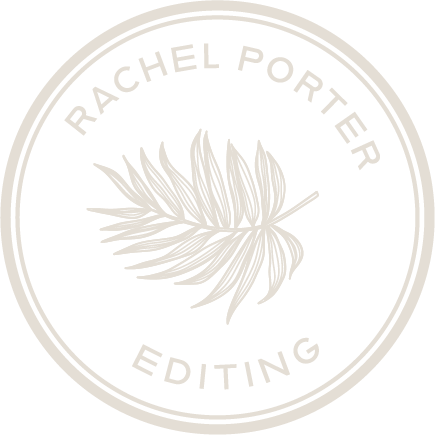Levels and types of editing
A quick search for types of editing will result in more editing jargon than you likely knew existed:
Copy editing. Proofreading. Line editing. Substantive editing. Developmental editing. Structural evaluation. Manuscript evaluation. Content editing. Comprehensive editing.
Some websites will tell you there are six types of editing. Others say four.
The problem is, for a field that is so concerned with the clarity and correctness of the written word, there’s actually no industry standard when it comes to what the different levels of editing are called. Many of these terms are used interchangeably, and different editors may use the same terms to signify different levels of editing.
Here, I’ve synthesized the most commonly used terms, described the essence of the elements they correct for, and broken them down into three distinct levels: structural, stylistic, and detailed.
But every editor is different, and you and your editor should have a very frank conversation about your needs before the editing process begins.
The Structural Level
Developmental editing
(may be called conceptual editing, manuscript appraisal, editorial assessment)
When your work is still at the idea stage, you may work with a developmental editor to look at big picture items, like organization and flow. This necessarily happens early in the writing process, and likely no edits to your actual writing will take place.
Manuscript evaluation
(may be called evaluation editing, structural editing)
This type of editing looks at similar elements to developmental editing, but the editor will assess a completed document rather than guide an idea.
The Stylistic Level
Substantive editing
(may be called content editing, full editing, developmental editing)
Elements like structure, flow, tone, voice, plot, and characterization are assessed. Rachel Porter Editing also addresses the organization of the document, though other editors may not.
Line editing
(may be called comprehensive editing, stylistic editing)
The editor will look at the content and flow of each sentence, line by line, to ensure your concept is fully-formed. Word choice, sentence structure, and vague or unclear text will all be tightened up to create a document that is clear and concise. Rachel Porter Editing also assesses minor issues of organization.
The Detailed Level
Copy editing, or copyediting
Copy editing should come after the editing described above, when all structural and stylistic issues have been resolved.
A copy edit assesses a completed document for a range of common issues, like grammar, hyphenation, and punctuation errors, as well as reviewing basic formatting and numbering, headings, and ensuring that your document adheres to a particular style guide. An editor will query, or pose questions, for clarification about certain terms or acronyms.
Within copy editing, there are also light, medium, and heavy levels which review for progressively complex issues, and sometimes involve rewriting sections of text. As these levels (light, medium, and heavy) are similar to the three levels outlined above (structural, stylistic, detailed), a general copy editing inquiry can be a good place to start when soliciting editors.
Proofreading
Proofreading is the final review before a document is ready to publish. A proofreader corrects the most basic errors in grammar, spelling, and punctuation that may have been missed in prior edits.
Now that you’ve learned about the many ways an editor can improve a document, I hope you see what copy editing can achieve for your writing.
Still feeling overwhelmed? Fortunately, you aren’t alone!
Contact me today, and I will guide you in determining what your document needs to be the best version of itself—because your words deserve to be presented flawlessly, and I’m here to make that a reality.

